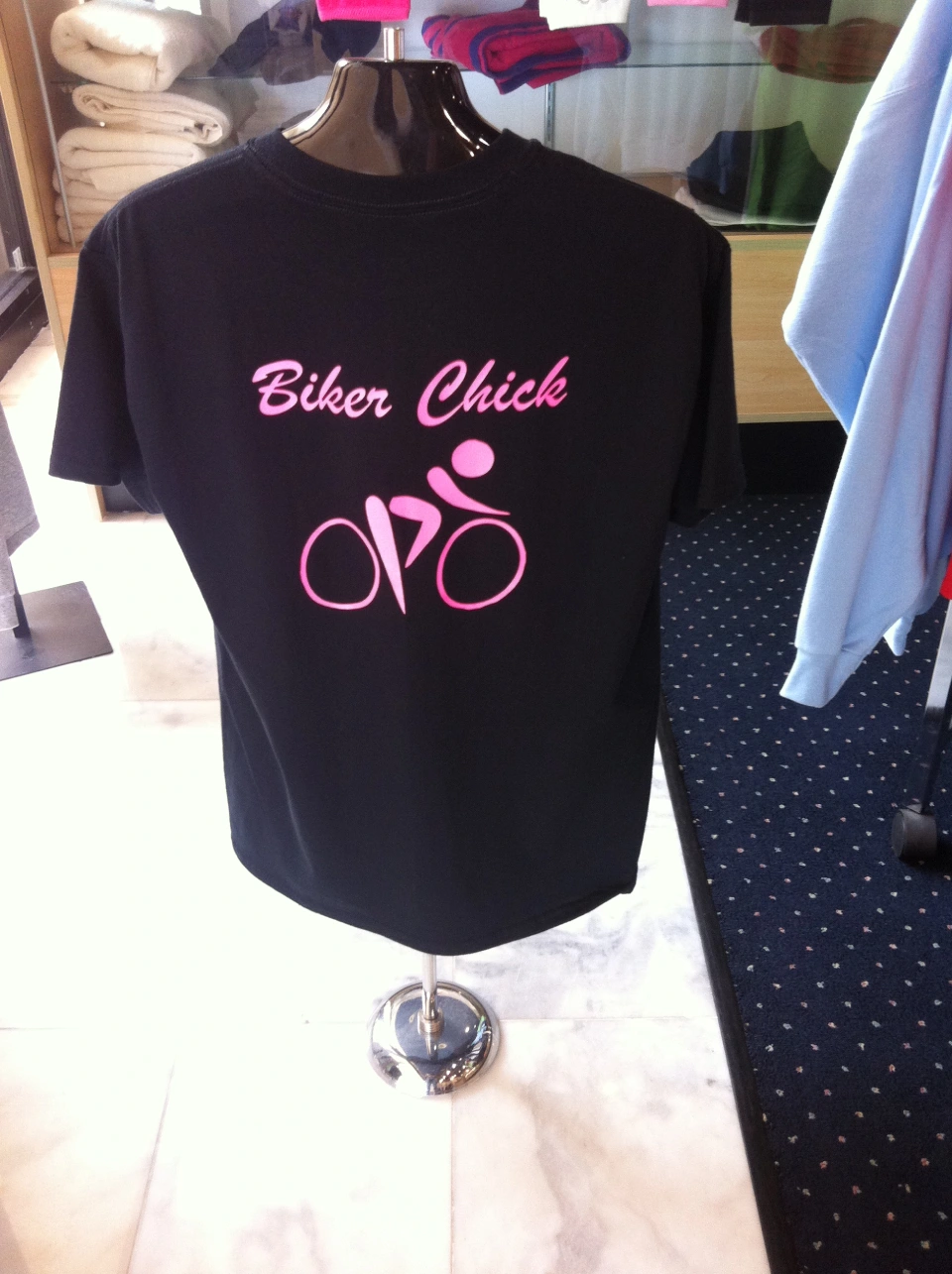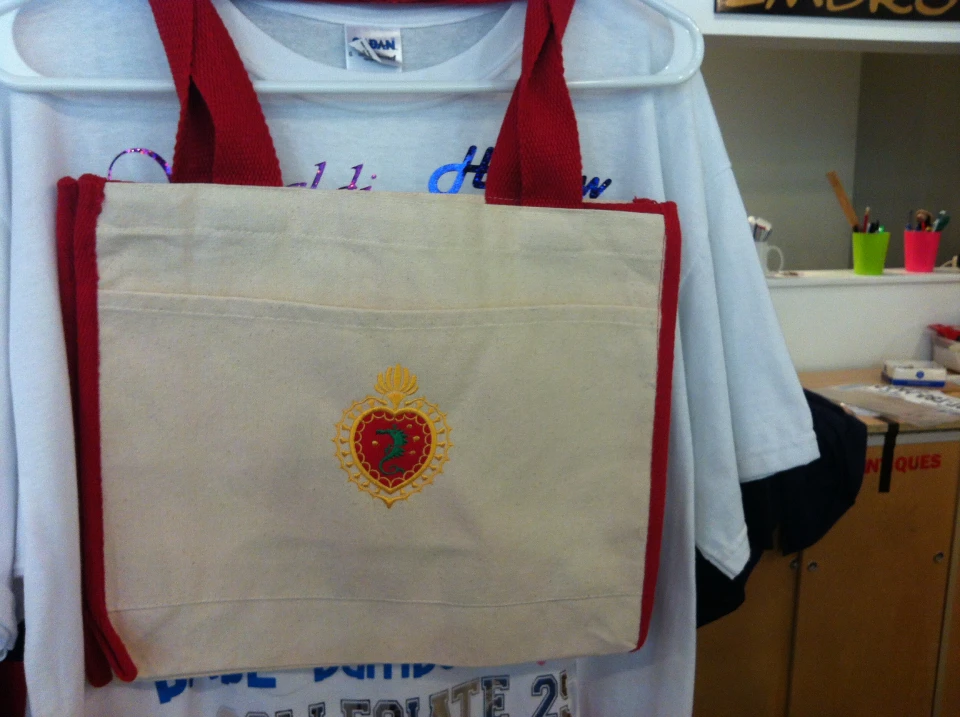Heat Transfer on T-Shirts and Aprons - Personalized Styles and Logo Designs
The Art of Custom-made Embroidery: Unlocking the Tricks to Creating Distinct and Remarkable Designs
The secrets to creating custom-made needlework styles that astound the eye and leave an enduring impact lie in a delicate equilibrium of strategy, imagination, and interest to detail. As we delve into the globe of personalized embroidery, we discover the nuanced interplay between string choice, sew complexity, and style personalization that raises a simple garment to a job of art.
Selecting the Right Needlework Threads
When selecting embroidery strings, what key factors should you think about to guarantee the very best results for your custom layouts? The option of needlework string is important in figuring out the final outcome of your embroidered design. One of the primary factors to consider is the material of the thread. Different products such as cotton, polyester, rayon, and silk offer differing levels of shine, longevity, and texture. It is essential to select a string material that matches the fabric you are embroidering on and aligns with the desired appearance of the layout.
Thicker strings can add measurement and texture to your design, while finer threads are excellent for complex information and tiny text. Furthermore, taking into consideration the color fastness and washability of the string is crucial to ensure that your customized designs preserve their high quality and vibrancy over time.
Discovering Various Stitch Strategies
To look into the realm of 'Checking out Different Stitch Strategies', one must understand the ins and outs and subtleties that each sewing approach gives the art of needlework. Various stitch techniques not only add aesthetic rate of interest yet also add to the overall structure and dimension of the style. One preferred stitch method is the satin stitch, which entails carefully stuffed parallel stitches to produce a smooth and shiny surface, suitable for loading in forms and creating strong describes.
On the other hand, the backstitch is a functional strategy frequently used for describing and adding great details. It involves stitching backward to create a strong line of embroidery. In addition, the French knot stitch includes a tactile element to designs, excellent for developing textured accents like flower centers or attractive touches.
Exploring various stitch strategies permits embroiderers to have fun with light, darkness, and deepness within their designs, boosting the visual allure and creative quality of their embroidery tasks. By mastering various sewing methods, one can unlock endless possibilities for creating distinct and memorable custom-made embroidery pieces.
Incorporating Personalized Layout Components
Having explored the details of various stitch methods such as the satin stitch, backstitch, and French knot, the emphasis now shifts towards incorporating personalized style components in custom-made embroidery tasks. Individualized style components play an essential role in making embroidery jobs absolutely special and remarkable. One way to incorporate personalization is by adding initials, names, or substantial days to the style. This not only adds a tailored touch however additionally improves the nostalgic value of the embroidery item.
One more way to integrate tailored design components is by including signs or themes that hold unique meaning to the recipient or show their rate of interests and individuality. For instance, integrating a preferred flower, animal, or hobby-related sign can make the embroidery style extra meaningful and tailored. Additionally, choosing colors that resonate with the recipient or line up with the desired motif can additionally enhance the customization of the needlework job.
Mastering the Art of Color Coordination

One trick aspect of shade sychronisation is recognizing shade theory. This consists of knowing just how different colors connect with each other, the emotions they share, and exactly how they can be incorporated to create aesthetically enticing layouts. By applying shade concept concepts, embroiderers can produce unified color Get More Info schemes that improve the overall appearance of the layout.
In addition, taking note of comparison is essential in shade coordination. Making use of contrasting colors can aid specific elements of the layout pop, improve readability, and develop a visually vibrant needlework piece. By grasping the art of color control, embroiderers can raise their designs and produce remarkable pieces that resonate with clients and customers alike.
Enhancing Appearance With Advanced Embroidery Stitches

French knots, for example, are perfect for including little, elevated dots to your style, simulating the appearance of beads or creating a distinctive surface area. Bullion knots, on the various other hand, can be made use of to produce twisted, ropelike components that add a lavish feel to the needlework. Seed sewing includes small, scattered stitches that can fill out locations with a multicolor structure, while turkey job creates fluffy, dimensional accents evocative pet fur or foliage. Explore these advanced embroidery stitches permits you to press the boundaries of conventional needlework and create genuinely distinct and visually enticing textures in your designs.
Conclusion
In conclusion, the art of customized embroidery includes a mix of choosing the right strings, exploring various stitch strategies, incorporating customized design aspects, mastering color coordination, and boosting texture with advanced stitches. By comprehending and executing these crucial elements, embroiderers can produce distinct and memorable styles that display their imagination and ability. click here now Needlework enthusiasts can open the secrets to creating lovely and bespoke pieces that stick out and leave a long lasting perception.